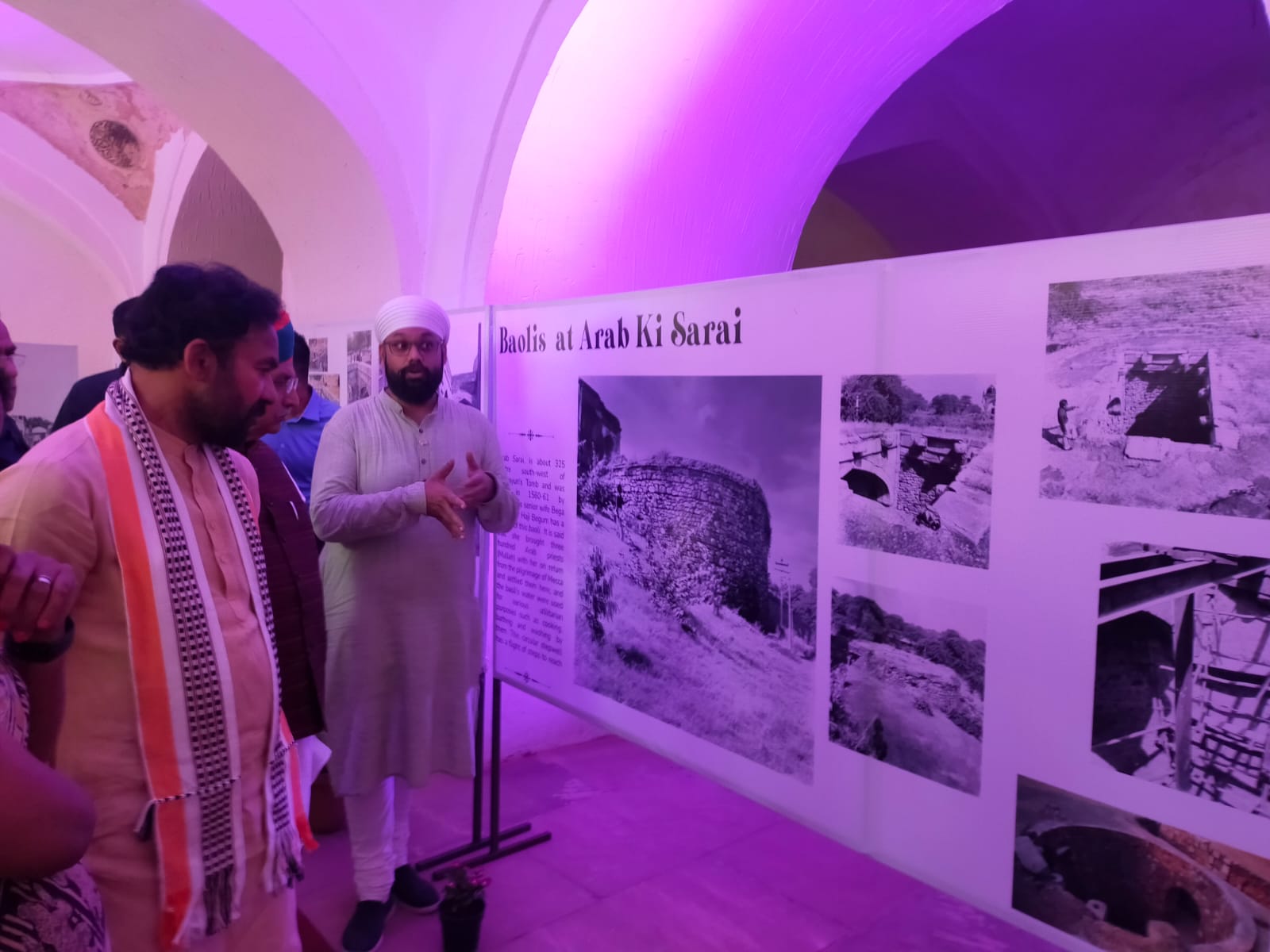Baolis and the steps inside the well
By: Kulsoom Abid
Radiance News Service
Delhi has a very
beautiful and interesting history. The city was loved by every emperor from
dynasty to dynasty. Delhi has seen many wars, cultures and civilizations. As
rulers from different places came, they built monuments of their own cultural
heritage. But one thing that united them all and which is almost forgotten but
has been a prominent part of Delhi’s history are, Baolis.
Water is a primary
source of life and water harvesting and storage is a process as ancient as
human civilization. for centuries we have found various ways to store rainwater
and groundwater for survival and farming purposes, one of the most historic
practices was to create Baolis (stepwells).
Baolis became
prominent in the medieval era. While they contained water, they also held
stories.
Let's take a look at a few baolis/stepwells in Delhi and
some stories about them
Baoli at Hazrat Nizamuddin Shrine
This magnificent baoli with springs beneath is said to have magical powers. The Hazrat's followers heal themselves by immersing themselves in it. Underground streams supply water to this ASI-protected monument. In 2009, the Aga Khan Trust, which looks after it, cleaned it for the first time in hundreds of years. The Sufi saint Hazrat Nizamuddin Auliya's followers regard this as sacred. The Baoli is said to have been built at the same time as the ruler Ghiyasuddin Tughlaq was working on the Tuglaqabad fort, and the latter had forbidden workers from working elsewhere. At night, the hardworking laborer worked at Baoli. When the emperor prohibited the sale of oil, they were unable to work. It is said that the workers used water of the Baoli as oil.
Gandhak ki Baoli
It is thought to have been built during the reign of Iltutmish 1211-36, the Sultan of Delhi, and is named after the overpowering stench of sulphur (gandhak) in its water. It has five tiers and a circular well at its southern end, which is also referred to as the diving well. Divers frequently jump into it from the upper tiers for the amusement of the visitors. Another four-tiered step known as Rajaon-ki-Bain, built during the reign of Sikander Lodhi, is 400 meters south (1489-1517). Gandak Ki Baoli is said to be oldest baoli in Delhi. Iltutmish constructed it in 1210. The presence of sulphur in the water results in the distinct odor of the baoli.
Agrasen Ki Baoli
It is located on Connaught Place's Hailey Road; however, the
exact date of construction of this baoli is unknown. Its architectural features
indicate that it was constructed during the Tughlaq period. It has a large
courtyard and appears to be one of the most majestic baolis. This nearly
600-year-old baoli has four flights of steps, one hundred of which lead down to
the well. It has five arches and a small mosque built by Humayun that is not
open to the public for offering namaaz. The structure is home to a more than
100-year-old lush neem tree. A hidden well behind the baoli is also protected
by an iron grill.
Many stories of supernatural activities surround the baoli, which have not been proved. The Agrasen ki Baoli was visited by many people due to the haunted stories but it gained few international followers after it was used for Rajkumar Hirani’ s movie PK, staring Amir Khan and Anushka Sharma.
|
Once the source of nature and underground water and now an exemplary of finest engineering and design, Baolis played an important role in the rich cultural and archaeological history of Delhi. On the occasion of World Heritage Day, a museum in Purana Qila was inaugurated by GK Reddy, Minister of Tourism, Culture and Development of North Eastern Region of India. The museum had everything from Saka Kushan period to Mauryan and Mughal empire, but what’s different? An entire section based on Baolis/Stepwells of Delhi!
There is an entire section
based on Baolis of Delhi in an attempt to make people aware of this exemplary
form of engineering and an almost forgotten heritage. Would you believe that
Delhi had 32 Baolis and now there are only 18 left? If a state or a city
forgets its heritage, that place losses its identity and in a fully diverse
country like India, every state has its own unique identity and heritage that
should be preserved and cherished.


